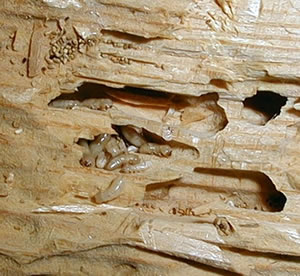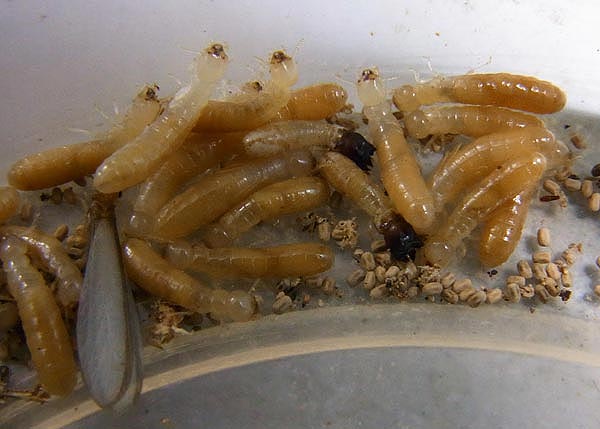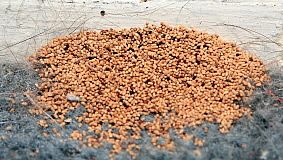Prevent Termites from Invading Your Home
Termite damage repairs can cost a homeowner an average of $8000, approximately $5 billion dollars in property damage annually in the United States. An efficient termite colony can have over a million workers consuming 100 pounds of wood a year. Termites are a real, yet often hidden problem that many homeowners face. Learning how to prevent termites is something that every homeowner should be aware of. The more proactive you are at protecting your home against these pests, the more effectively you can take care of your investment. Termite prevention can help you avoid expensive damages to your home. This short article will outline steps you can take to prevent a destructive termite infestation.


Pre-Construction Termite Precautions
The best termite precautions start in the planning stages of construction. The first step is to ensure a Basaltic Termite Barrier is part of the initial stages of construction. This barrier is made of rock particles that are packed so tightly under the foundation of a home, that termites are unable to pass through. Termite mesh, which is a stainless steel screen with minuscule holes, are also often used which does not permit the passage of termites. Locally, poured concrete foundations are the most common construction precaution that is used because unless there are cracks, it is impossible for termites to pass through.
Termite Precautions in Existing Homes
There are also steps homeowners can take to prevent termite infestations in homes that are already built. The first step is to reduce or eliminate, any soil-to-wood contact around your home’s foundation.
- Remove all lumber, wood, plants, mulch, paper, and cardboard from the perimeter of your home.
- Make sure there is no standing water close to the foundation of the home
- Trim shrubs around your home allowing 12 inches between the shrub and your home
- Reduce the likelihood of overly moist soil from poor drainage pipes or leaky faucets
- Inspect decks and wooden fences regularly for damage
- Prevent any wood on your home from making contact with the soil
The perfect conditions for termites include moist areas that lead to exposed wood. Eliminating these risk areas will help you reduce the likelihood of a termite swarm invading your home.
How to Check for Signs of Termites
Taking precautions during both constructions, and post-construction phases of homeownership will help reduce the risk of a termite infestation. However, it is important for homeowners to inspect homes regularly for any evidence of termite presence. First, look for termite waste, known as ‘carton’ and ‘frass.’ Termite waste is remnants of digested wood and comes in different colors. Below are a few examples:


Also, look at patterns in exposed wood. Subterranean termites eat soft wood between the grains, while drywood termites eat across the grain without any specific pattern. In sheetrock, you may see blistering where termites have infested. Another telltale sign of possible Termite activity is mud tunnels, which serve as highways for termites who avoid sunlight and prefer protected, moist places to enter and eat.

Keep Termites Out
If you are concerned that termites have invaded your home, working with pest control specialists will provide you the insight you need to make proactive, or precautionary pest control decisions. At Aantex, we have a team of highly trained and specialized termite control technicians that are astute at both diagnosing and treating a termite infestation.
Call our office at 925-240-5100 to schedule your pest control consult today.


